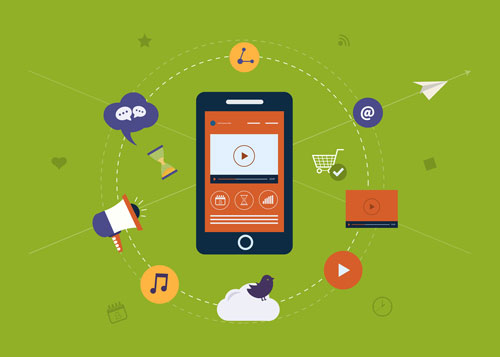Understanding customer behavior has to come before technology if you want to have successful outcomes.

A digital strategy without a customer experience program is sort of like unwrapping the bow on the proverbial box of chocolates – you never know what you are going to get.
Bad analogies aside, companies often go down the path of building digital strategies around the capabilities of a set of applications and toolsets without first taking a step back to understand the customer population and demographics. The approach goes like this; “hey, let’s simplify the customer experience and generate revenue with an improved digital footprint”. Alas, the proverbial if we build it they will come mentality that ultimately sends many digital strategies into the lost land of poor customer adoption and limited internal utilization.
A significant contributor to failure is the assumption that reduced customer steps results in a simplified experience. Sure the experience is simplified from an internal business perspective but digital strategies need to also be about familiarity. Customers expect certain steps to be part of the process, removing those steps may make the business feel good about the transaction but the customer’s connection with those steps may also hinder confidence and trust in doing business with you.
So faster and less is not always the mantra for an effective digital strategy. At each phase of the transaction you have to provide the customer with digital bread crumbs that reinforces the likelihood of a successful outcome and instills confidence in the benefits, accuracy and safety of the transaction. Financial service companies above all others must absolutely excel in this space.
During a consulting assignment I evaluated the customer experience online for a financial service provider and found that customers were often turned off by the frequent interruption of the transaction with a request to talk to a person via chat. The pop-up was displayed multiple times and became an annoyance to customers who thought the company was only focused on selling products or thought they were not smart enough to read and complete the transaction.
Unintentionally insulting your customers is something you want to avoid at all costs. New features and cutting edge technology does not work for everyone. A convenience can quickly become an inconvenience or turn-off if you don’t know your customers.
In the example above, a customer centric approach would be to engage the customer by displaying information that helps them pursue resolution to a problem. For example, instead of a general may we chat request, a pop up that offers additional routing options to gain more information about guaranteed student loans or a 529 plan might be a better option as part of an initial point of entry into a digital chapter about education financing options. Don’t be so quick to sell something, use the digital environment to drive towards needs based consulting and engagement.
Before you jump to selling, try and focus on engaging the customer to better understand what problem or challenge they are trying to overcome. When they are comfortable with your products and service, then they will more likely be in the mood to buy or engage you directly. Those become the real moments of truth – a customer’s “aha moment” when they are most likely to make a purchase.
Customer experience is about delving into data that helps predict those moments of truths yielding a reaction either positive or negative from the customer about your product or service via a digital environment. Tools and technology can help augment that experience but an investment in understanding customer behavior has to come first if you want to have successful outcomes.
About the Author
Gary Garris has spent twenty plus years working in the insurance and financial services arena and leading voice of the customer and sales initiatives. He has a well rounded operational background in underwriting, sales, auditing, claims and application development.




